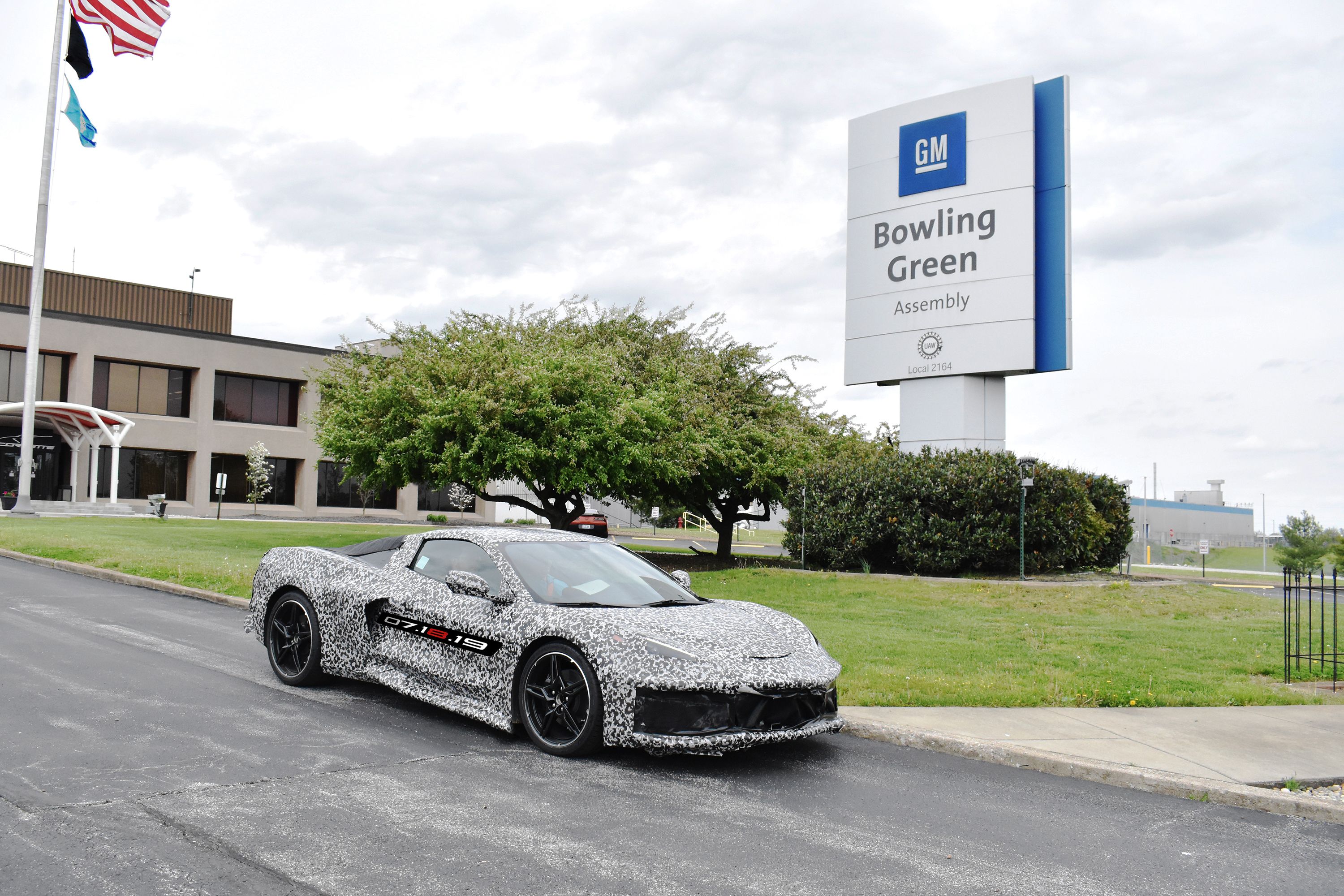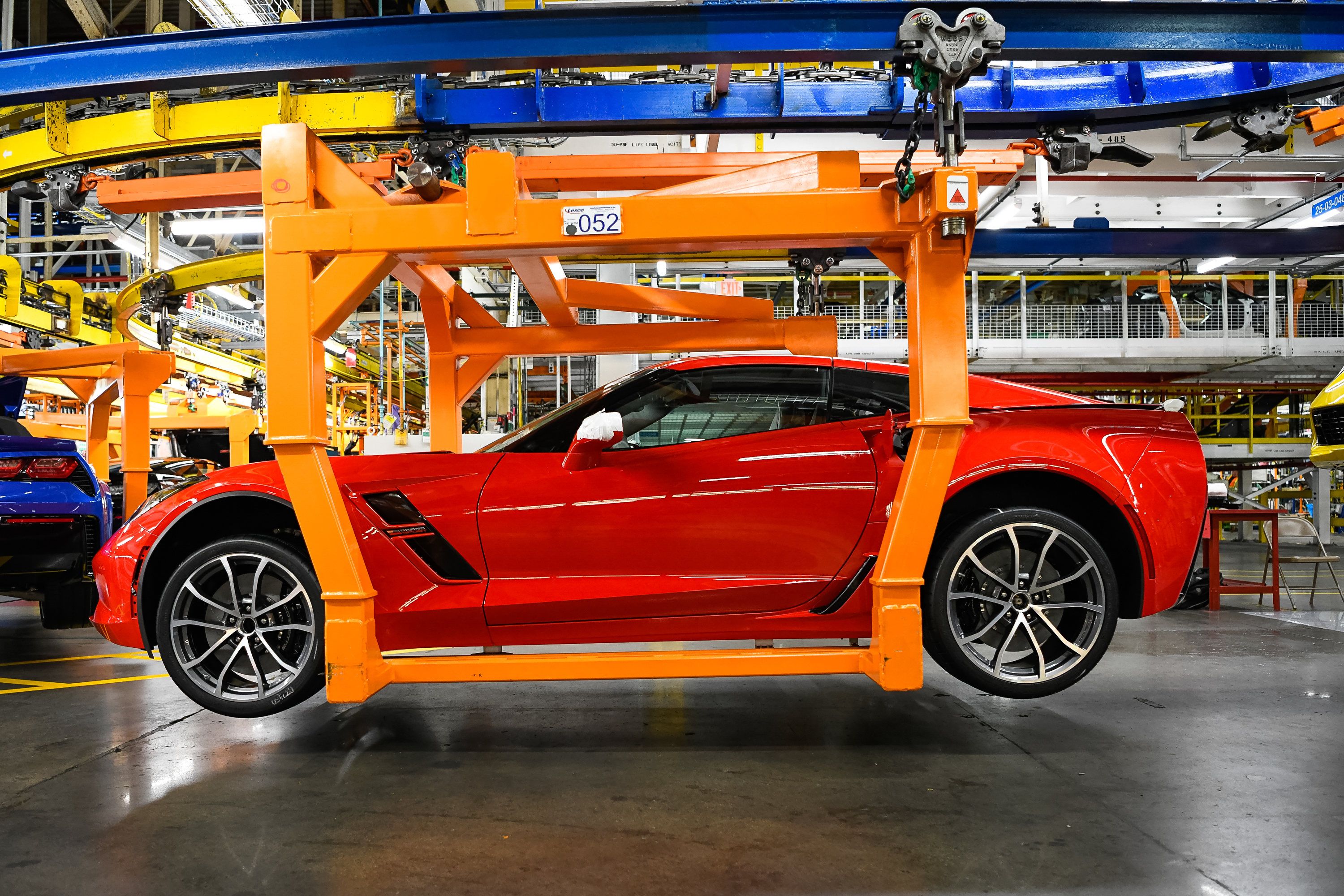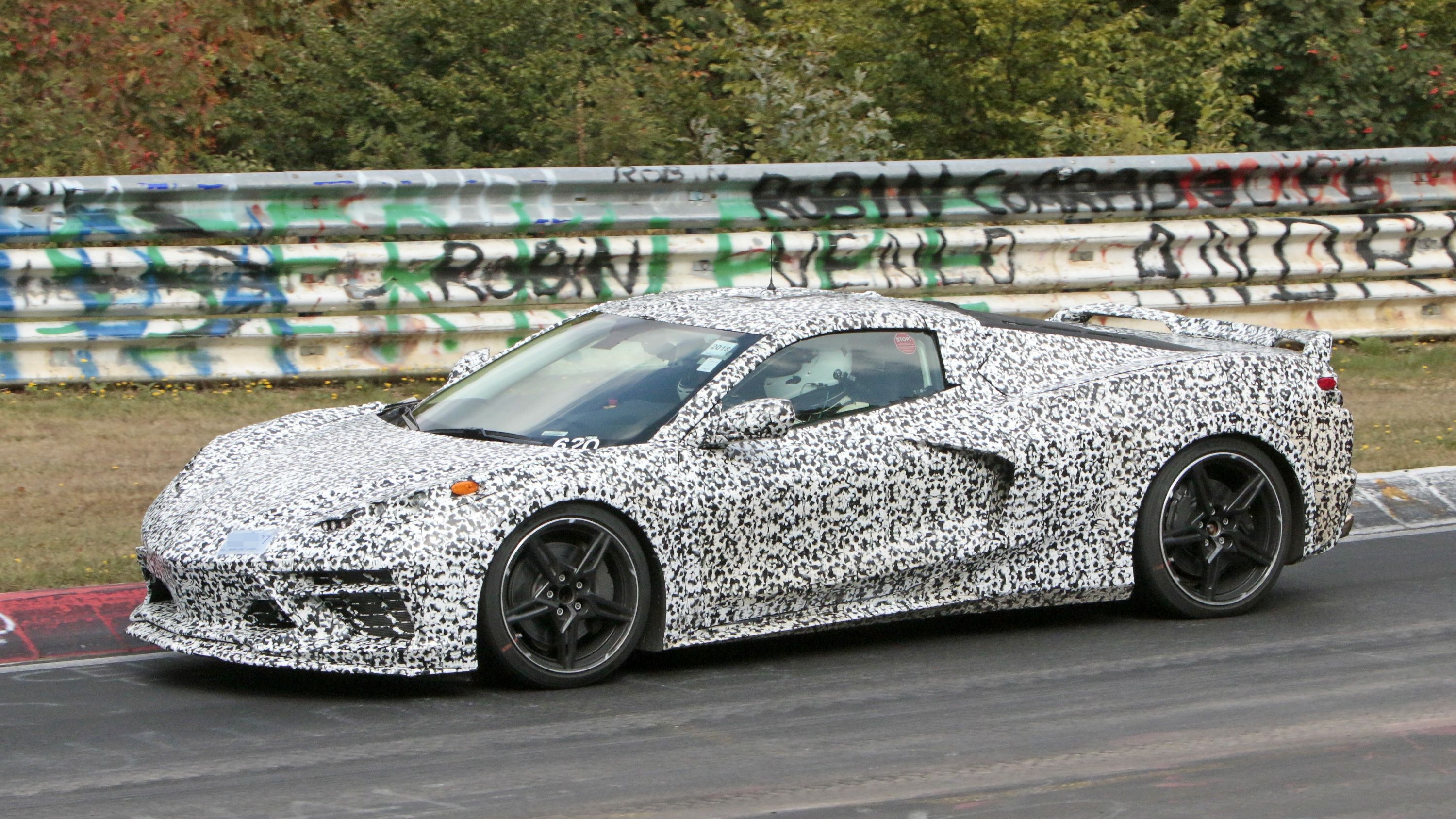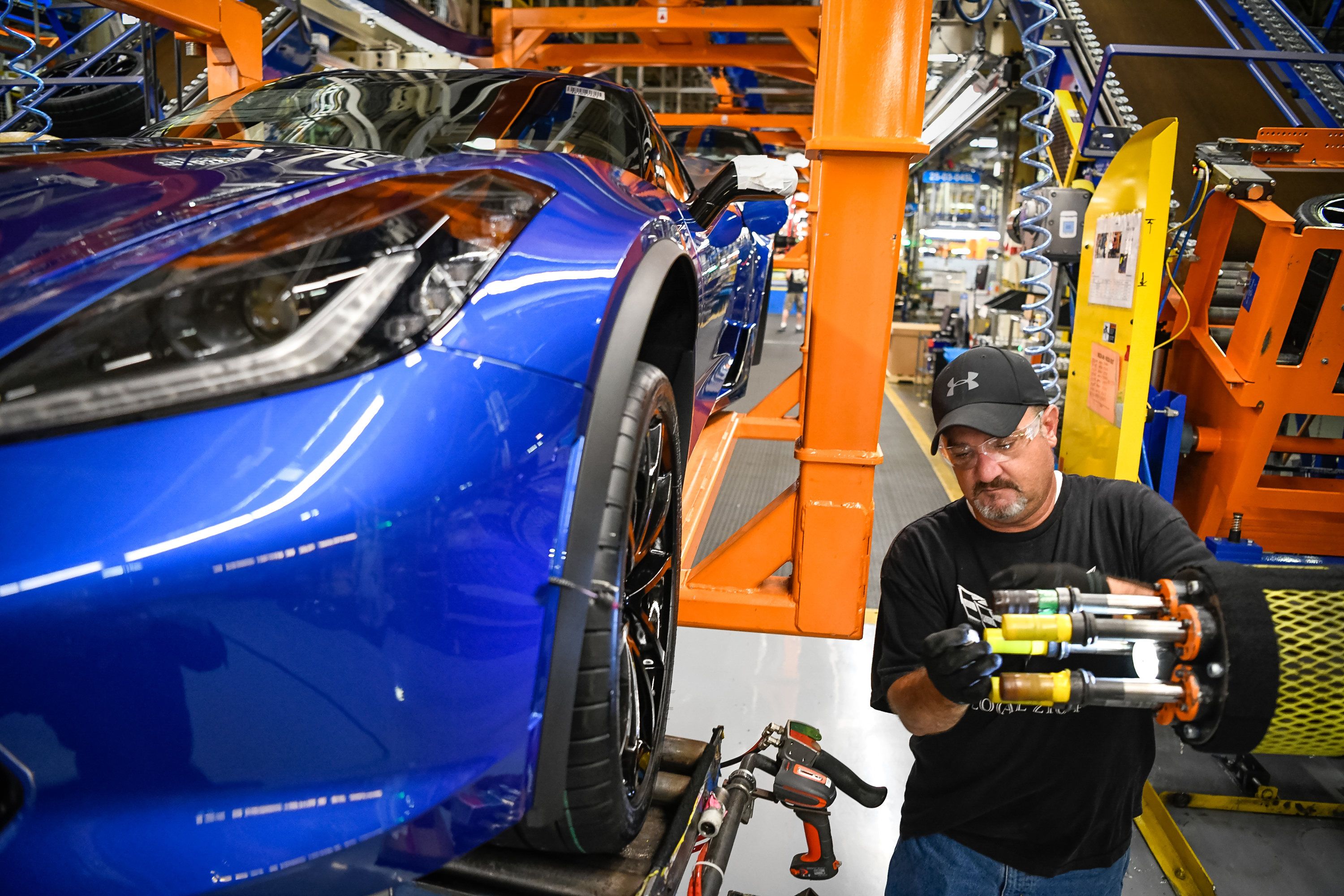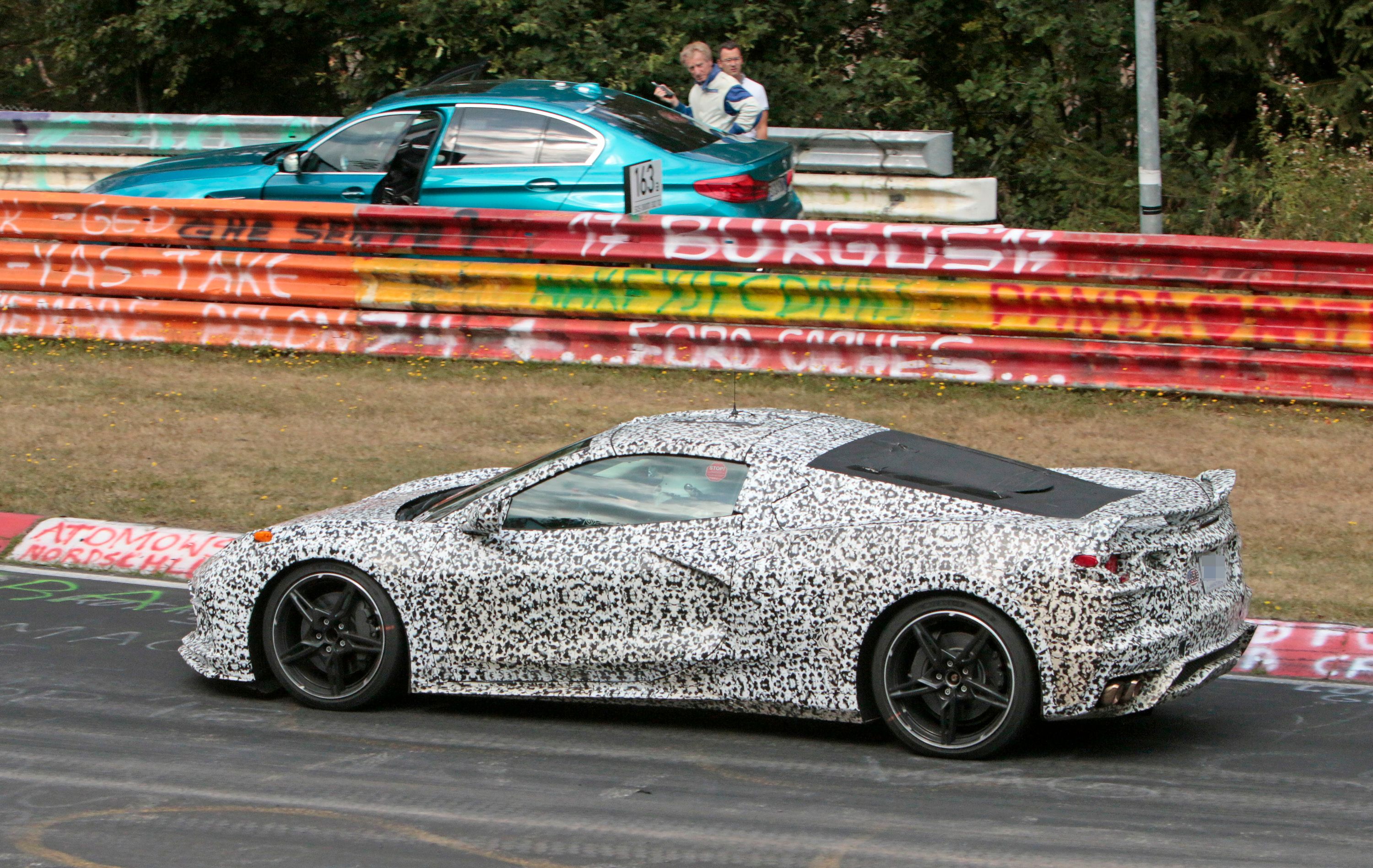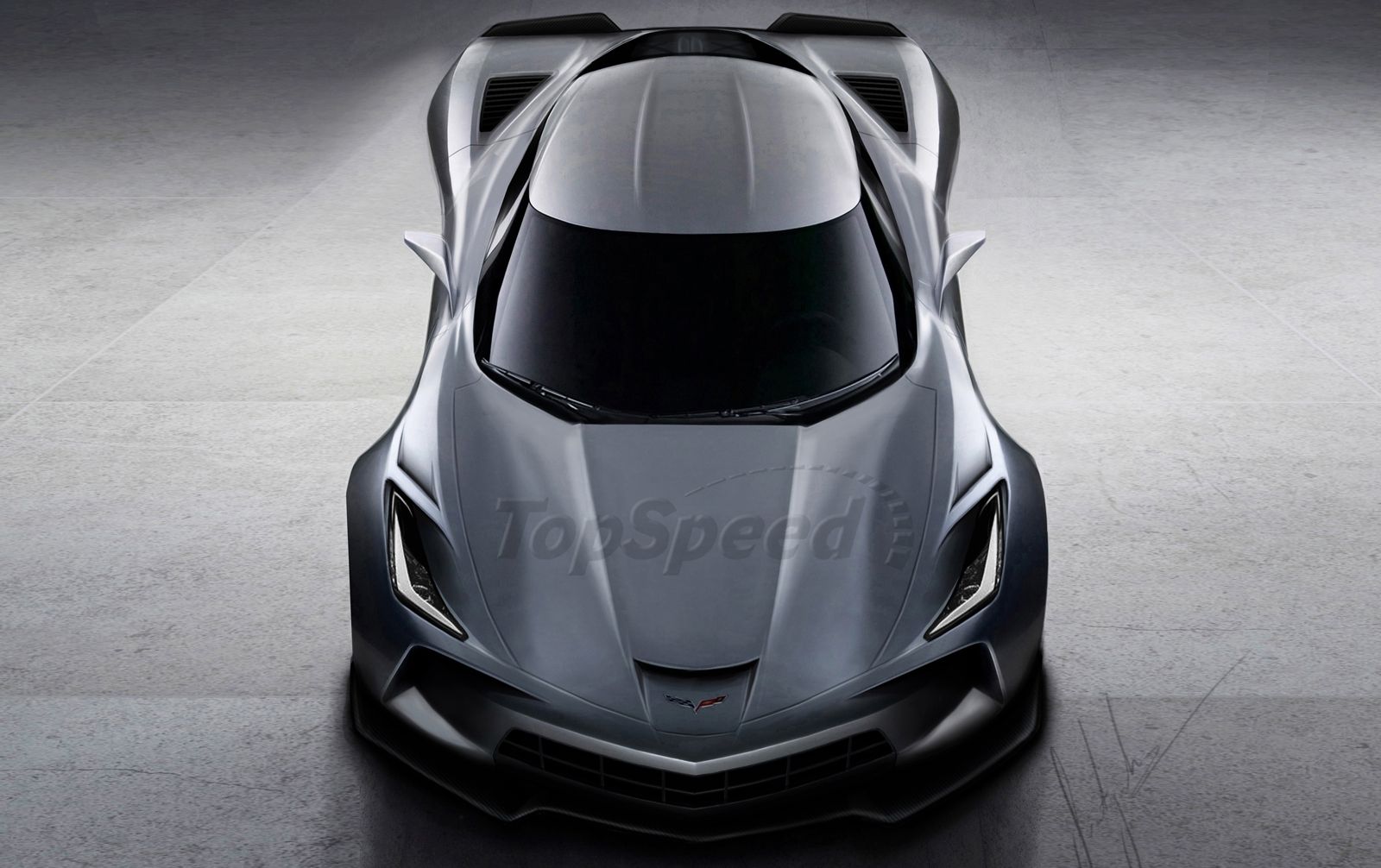General Motors has recently confirmed that the eighth-generation Corvette will go into production in 2019 as the first mid-engined version of the iconic American sports car. Not surprisingly, GM is also retooling its manufacturing plant in Bowling Green, Kentucky, specifically for the C8 Corvette. Needless to say, shifting from front-engined to mid-engined cars is a big deal for any factory, but it's an even bigger deal for the plant that has built one million Corvettes since 1981.
GM needs more man power
Preparing a factory for a brand-new car requires more manpower, especially when retooling is involved. As a result, General Motors is adding a second shift and more than 400 hourly jobs to support production. This second shift, which will be added starting July 18, 2019, will increase the factory's workforce to more than 1,300 people.
The C8 Corvette required a $500+ million investment
General Motors said it invested more than $900 million into Bowling Green since 2011. That's a whole lot of money for just one model, but a significant part of this actually went into retooling for the seventh-generation Corvette. In 2012, for instance, GM invested $131 million to remodel the plant for the C7 Corvette, including $52 million in the current body shop. The company also spent $3.5 million in 2013 and 2014 to relocate its Performance Build Center to Bowling Green.
The new Body Shop allows the aluminum frame to be produced in house, so it saves the costs and risks associated with hauling the frames from a different location. The new shop was also designed for manufacturing the most complex frame design in the Corvette's history. The frame is 99 pounds lighter and 40% stiffer than the C6 frame, which enables Chevy to build convertible models without any additional structural reinforcements. This process will be carried over to the C8 Corvette as well.
The Performance Build Center is equally important. By moving from Michigan to Bowling Green, GM eliminated the need to haul internals to the Corvette's plant and also enabled customers to be able to watch the production of their cars in one location. The Performance Build Center was responsible for the 6.2-liter LS3 V-8 in the Grand Sport Coupe, the 7.0-liter LS7 V-8 in the Corvette Z06, and the supercharged, 6.2-liter LS9 V-8 in the Corvette ZR1. Starting this summer, it will handle production of the mid-mounted V-8 in the eighth-generation Corvette and all of the variations that will follow.
On top of these already-made investments that will help Chevy produce the C8 Corvette, GM also spent a whopping $500 million to retool the general assembly line, to build new paint booths, and add a robotic inventory system. All these additions will not only enable GM to deliver its first mid-engined sports car, but it will also help the company build a better quality and more customizable vehicle that will come closer to rival offerings from Ford and even Ferrari or Lamborghini.
Why is it important that GM builds the new C8 in the U.S.
Simply put, the Corvette is one of America's most iconic cars. The Corvette has been built in the U.S. since the first generation arrived in 1953. Until production was moved to Bowling Green, Kentucky in 1981, Corvettes were built in Flint, Michigan and in St. Louis, Missouri. So it makes sense for the eighth-generation Corvette to remain a U.S.-made vehicle. And that's what customers want. Sports car enthusiasts want an American-made vehicle to compete with products coming from Ferrari, Lamborghini, and McLaren, just like Ford is delivering now with the GT. The fact that the C8 will have a midship layout makes things that much more exciting.
It's also an important feature since most of America's iconic sports cars are front-engined by tradition. The Ford Mustang, the Chevrolet Camaro, the Dodge Viper, and all the muscle cars from the golden era feature front-engined layouts. The Shelby Cobra that defeated Ferraris on race tracks around the world was front-driven as well. And while Ferrari and Lamborghini switched to mid-engined layouts in the 1960s, major American automakers kept their road-going cars front-engined. With only small, niche carmakers like Hennessey, Saleen, and Vector having made mid-engined cars in the U.S - at least until Ford revived the GT. Now, it's about time GM jumped in with its very own mid-engined sports car for the road. The C8 Corvette will write an important page in automotive history and its American origins should play a big part in that.
2020 Chevy C8 Corvette Estimated Performance Specs
|
2020 Corvette C8 Stingray |
Corvette C8 Z06 |
Corvette C8 ZR1 |
Corvette C8 Zora |
|
|
0 to 60 mph |
less than 4 seconds |
around 3 seconds |
less than 3 seconds |
less than 2.5 seconds |
|
Top Speed |
190+ mph |
200+ mph |
210+ mph |
220+ mph |
2018 Chevrolet Corvette C7 specifications
|
Engine |
LT1 6.2L V8 VVT with direct injection and Active Fuel Management (cylinder deactivation) |
|
Bore & stroke (in / mm): |
4.06 x 3.62 / 103.25 x 92 |
|
Block material: |
Cast aluminum |
|
Cylinder head material: |
Cast aluminum |
|
Valvetrain: |
Overhead valve, two valves per cylinder |
|
Fuel delivery: |
Direct injection |
|
Horsepower (hp @ rpm): |
455 @ 6000 rpm (460 w/ avail. active exhaust) |
|
Torque (lb.-ft.@ rpm): |
460 @ 4600 rpm (465 w/ avail. active exhaust) |
|
Transmission |
7-speed manual with Active Rev Match/ 8-speed paddle-shaft automatic |
Further Reading
Read our speculative review of the 2020 Chevrolet Corvette Zora ZR1
Read our full review of the 2019 Chevy Corvette ZR1
Read up on the 1953-1962 Chevy C1 Corvette
Check out our review of the 1963-1968 Chevy C2 Corvette
Read our in-depth review of the 1969 Chevy Corvette 427 C3
Read up on our review of the 1997-2004 Chevy C5 Corvette}
Read up on the 2005-2013 Chevy C6 Corvette
Check out our full review of the 2014-2019 Chevy C7 Corvette
The 9 concepts that led to the mid-engined Chevrolet Corvette C8

